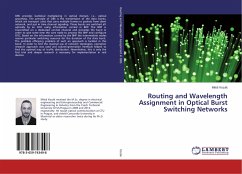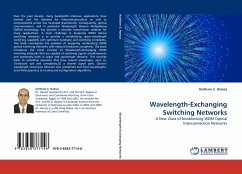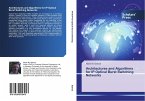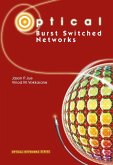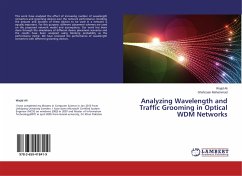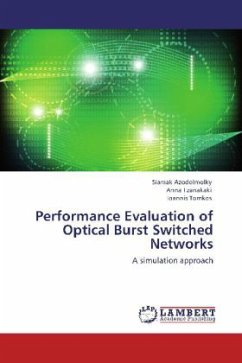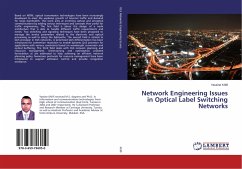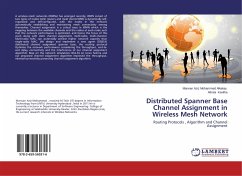OBS provides statistical multiplexing in optical domain, i.e., optical grooming. The principle of OBS is the transmission of the data bursts, which are transport units that carry multiple frames or packets from client network, and just in time channel signaling. These bursts are switched all-optically by an OXC using information carried in BHP. The BHP is transmitted on a dedicated control channel and precedes the burst in order to give some time the core node to process this BHP and configure OXC. Based on the information carried by the BHP the intermediate nodes reserve particular switching resource for the duration of the data burst. The problem efficiency problem of such an approach is tackled in this book. In order to find the maximal use of network topologies, operation research approach was used and column-generation methods helped to find the optimal way of traffic distribution. Nevertheless, this is only the first trial and deeper research is necessary for implementationin real devices.

